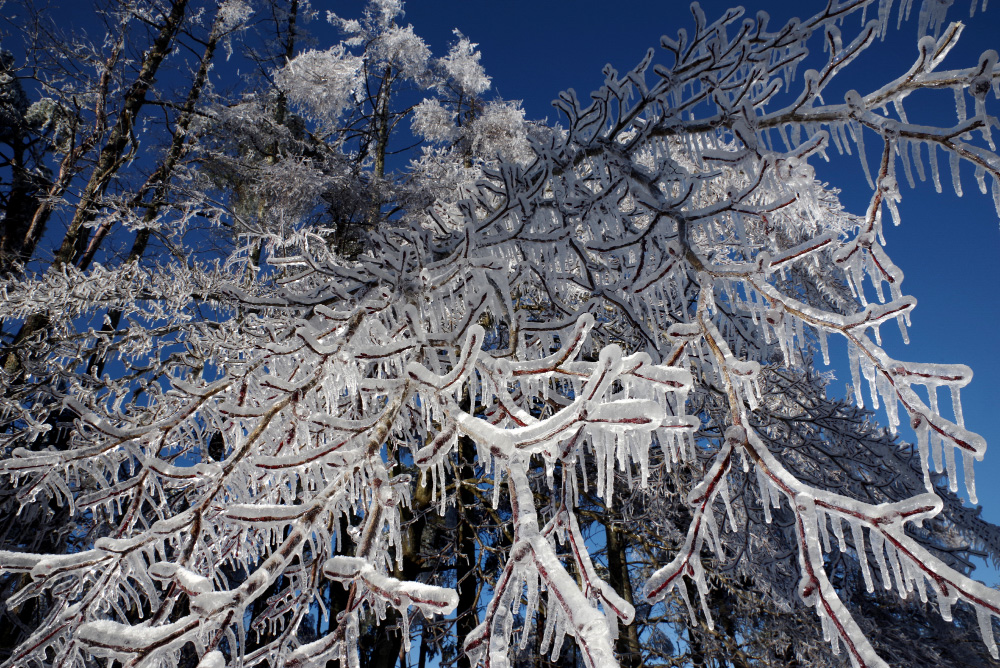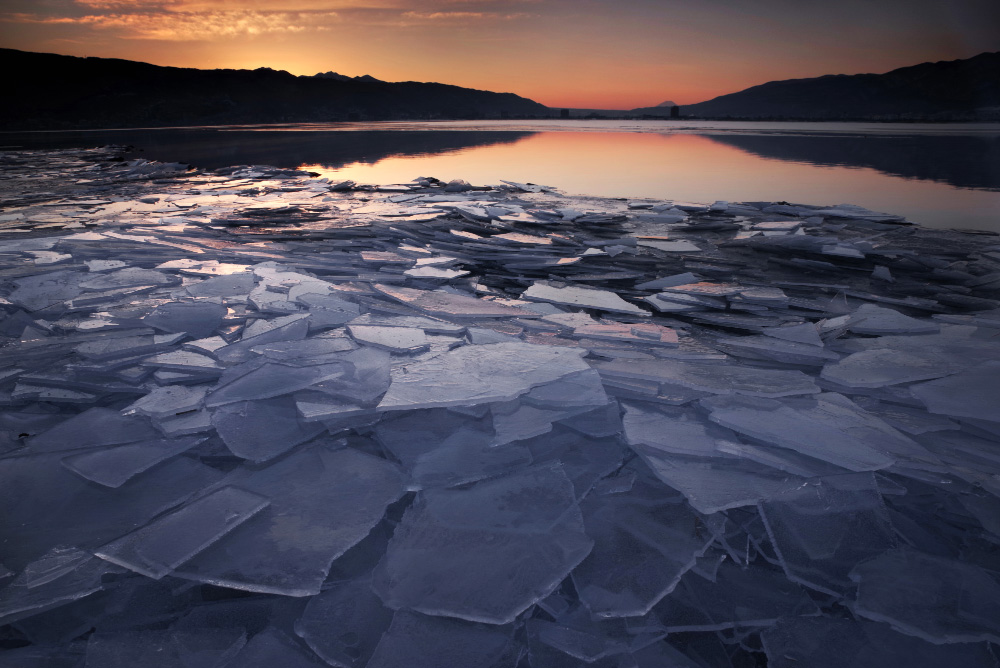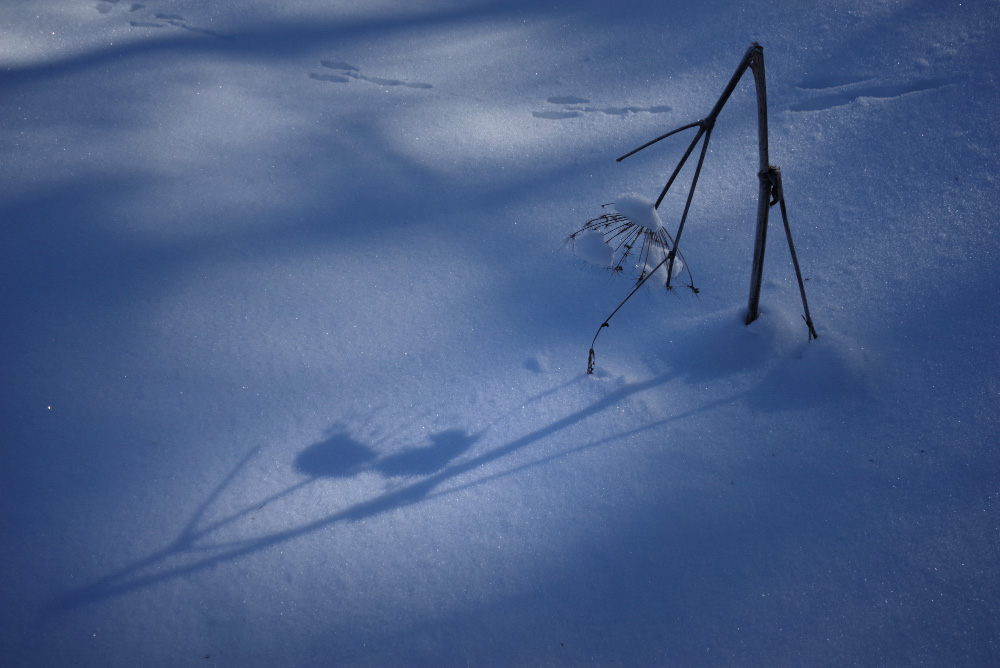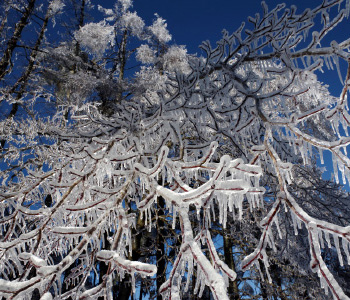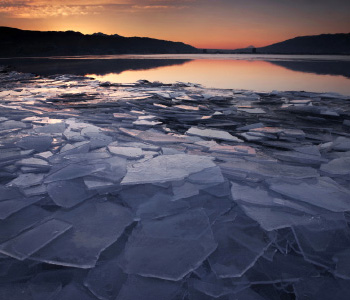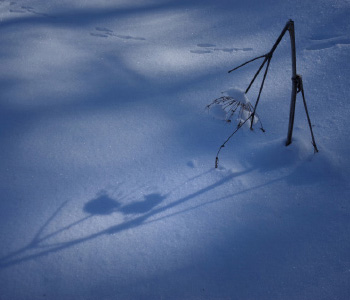

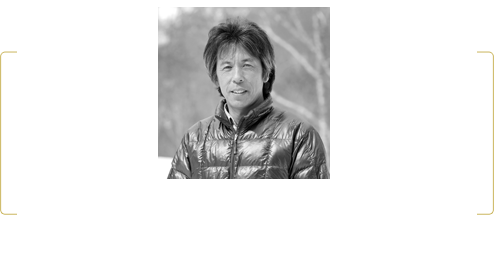
Whether professional or amateur, the most important factors every scenic photographer demands from a camera, regardless of shooting conditions, are image quality, maneuverability and durability. The ideal camera is an imaging tool that alone can satisfy all the needs of every photographer.
I received the beta model of the PENTAX K-1 at the beginning of this year, just as the severely cold winter reached my area, a little later than usual. As you may know, my main camera body is the PENTAX 645Z medium-format digital SLR camera, which I trust absolutely. But despite this trust in my PENTAX 645Z, I found the PENTAX K-1 very attractive to use. When photographing any type of scenery, it provided the advantage of the exceptional imaging power delivered by its high-pixel image sensor. It directly resulted in delicate description of the textures of subjects such as trees. After checking out 35mm full-frame cameras of other brands, I became familiar with the image quality of the approximate 36 megapixels. I noticed, however, that the images captured by the PENTAX K-1 appeared to be much higher in quality than those produced by other models equipped with a similar high-pixel sensor. When capturing images of subjects such as intricate frost patterns on a tree or a field of crystal-clear ice in a mountain stream, it expressed the beauty of nature far more faithfully than smaller image sensors.
I believe that its images were almost equal in quality to those captured by the PENTAX 645Z’s large image sensor. This must be the power of its outstanding imaging system, combining a camera body created using PENTAX’s state-of-the-art technologies with the latest lenses. While the PENTAX K-1 provides advanced tools for quality-priority applications, it also features a host of the latest creative functions. I felt that its exceptional specifications could easily accommodate not only scenic photography, but also many other types of subjects.
In terms of operability, I noticed a considerable restructuring of the camera control system for this newly designed camera. Even though the PENTAX K-1’s body size was created to be the minimum for a 35mm full-frame camera, I could effortlessly and comfortably operate it even with a gloved hand, thanks to the ideal positioning of its control buttons in the very limited space. Its cold-proof performance was also excellent, as it performed superbly without any trouble even in the winter’s severest cold wave at -20°C. Its enhanced durability was another reassuring factor. I’m confident that, with its assortment of creative features and user-friendly functions, the PENTAX K-1 will deliver satisfying performance and the joy of picture-taking to every photographer and on every occasion.
Born in 1959 in Nagano Prefecture, Kiyoshi Tatsuno started his professional career as a freelance photographer after receiving the 11th Maeda Shinzo Award in 2003. He is well noted for telling stories of Japan’s scenery through his creative compositions and poetic expressions. He also acts as a lecturer, training many photographers. He has many publications, including a photo book titled Rin no Shun (A Blink of Coldness), as well as the books Chojissenteki Filter Book (A Super-Practical Book on Filters) and Chojikanroko no Shashinjutsu (Photographic Skills in Long-Exposure Shooting). He is currently a member of The Photographic Society of Japan, an instructor and member of the Japan Nature Scenery Photographic Association, and chairman of the Shizensou Photo Academy.

